TOMOKO: TEA TASTING BY MÉLINA DA ROCHA
Name of the Product: TOMOKO (shop here)
Type of Tea: Hojicha
Producer: Miyazaki Ryo
Location: Miyazaki Prefecture
TOMOKO, The Heritage Of Miyazaki
Let’s head to Miyazaki Prefecture with this tasting of the very sweet, organic kamairicha from Miyazaki-san, TOMOKO.
Kamairicha is a green tea whose originality lies in its cooking in a cast iron pan according to the Chinese method, unlike other Japanese green teas which are steamed. The leaves are easily recognizable by their twisted shape and olive green color. During the Edo era, it was called tô-cha, and was very appreciated by scholars with a great appetite for Chinese culture. At the end of the 19th century, the production of sencha tea was encouraged, especially for export purposes. It is also easier to produce than kamairicha, whose oxidation process is more complex compared to steaming. As sencha became more popular, kamairicha has gradually fallen in popularity, until it almost disappeared.
Nowadays, it is indeed a rarity: the production of kamairicha represents about 1% of the Japanese tea production. It is mainly produced on the island of Kyushu, in the south of the country, in particular in the prefectures of Miyazaki and Kumamoto. Few producers still have the know-how to make this tea, so it is held in high regard by Japanese tea connoisseurs.

Freshly pan fried kamairicha from Miyazaki Sabou.
What Are The Benefits Of Kamairicha?
The benefits of kamairicha are numerous. Like other Japanese teas, it contains antioxidants that prevent cell and skin aging. Kamairicha has a beneficial effect on the intestinal flora, by promoting the proliferation of good bacteria in the intestines, especially lactic bacteria. It also acts as a relaxant, while giving energy and improving concentration. Finally, kamairicha is rich in vitamin A, B1, B2, and C.
As kamairicha contains little caffeine, this tea is ideal for people sensitive to its effect. It is well suited to be enjoyed in the afternoons and evenings.

Typical curly leaves of kamairicha.
What Is Its Aromatic Profile?
The uniqueness of kamairicha lies in its cooking method. Indeed, the pan-frying gives kamairicha floral aromas, especially jasmine, which are reminiscent of Taiwanese oolong tea. It should not be confused with guricha, which is also a tamaryokucha, but steamed.
Kamairicha is a sweet, refreshing, fragrant tea with no bitterness. It often has floral notes, such as jasmine or gardenia, or fruity notes, such as chestnut.
Today we invite you to discover a premium quality organic kamairicha, TOMOKO.
TOMOKO Organic Kamairicha Tea
TOMOKO is produced in Gokase, Miyazaki Prefecture, one of the most famous regions in Japan for kamairicha production. It is produced by Miyazaki-san, who has won the Nihoncha Awards 5 times for his kamairicha. Thanks to the use of a rare cultivar, Minami-Sayaka, the taste of TOMOKO is reminiscent of a slightly fermented oolong tea, with a strong aroma of jasmine, both fresh and fruity.
For this tasting, we used a mineral spring water with a balanced profile, in order to bring out the sweetness of this tea. Visually, the color of this tea is nicely golden, which immediately distinguishes it from other Japanese green teas, tending towards green.
On the nose, the freshness and the floral notes of TOMOKO are noticeable. The magic happens as soon as the first infusion: in the attack, the sweetness of this tea and its jasmine aromas are well present. At the end of the mouth, we feel a very pleasant freshness, which persists for some time after tasting.

But the second infusion is not to be outdone, offering a second, very distinct gustatory journey. Thus, a fruity sweetness, reminiscent of gardenia and chestnut, prevails, where the jasmine is more discreet.
Throughout the tasting, the tea offers a taste devoid of bitterness, astringency and umami, which can be commonly found in Japanese green tea.
An original, delicious and sweet tea, which will also suit people who do not appreciate the marine and umami flavors of the more classic Japanese green teas.


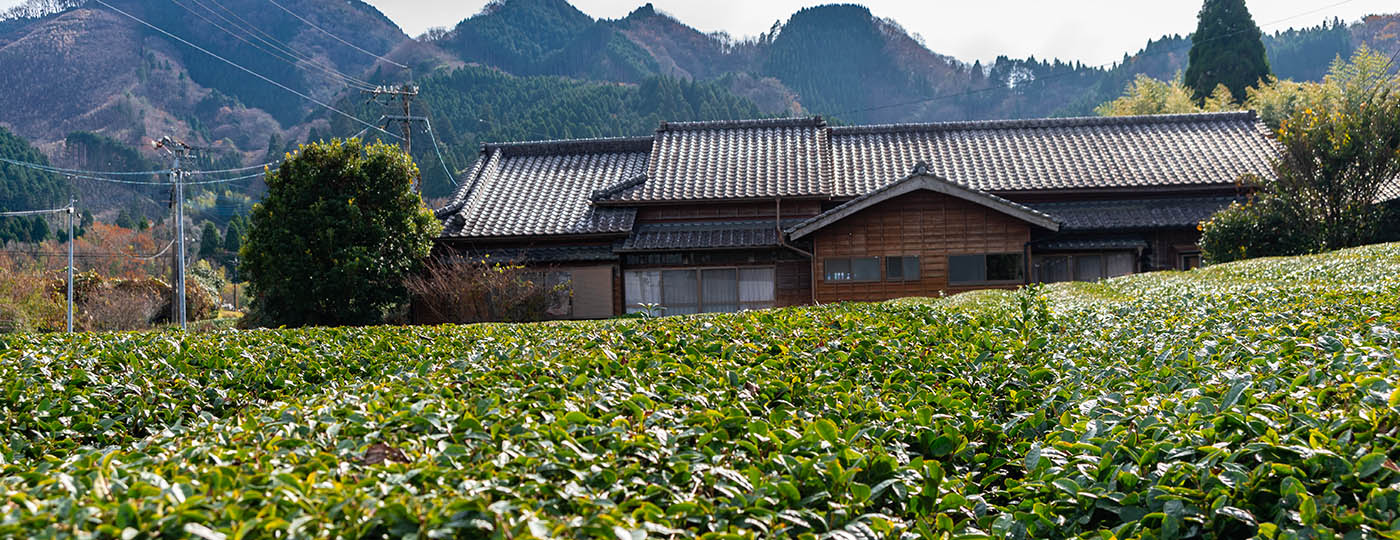

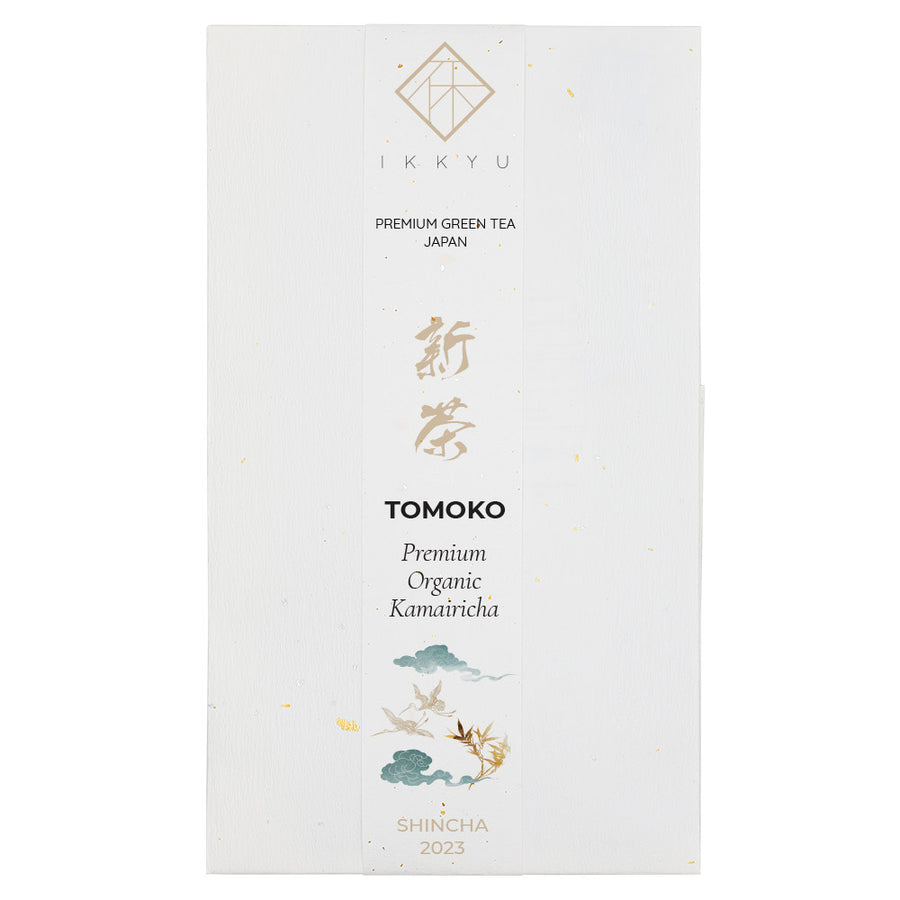
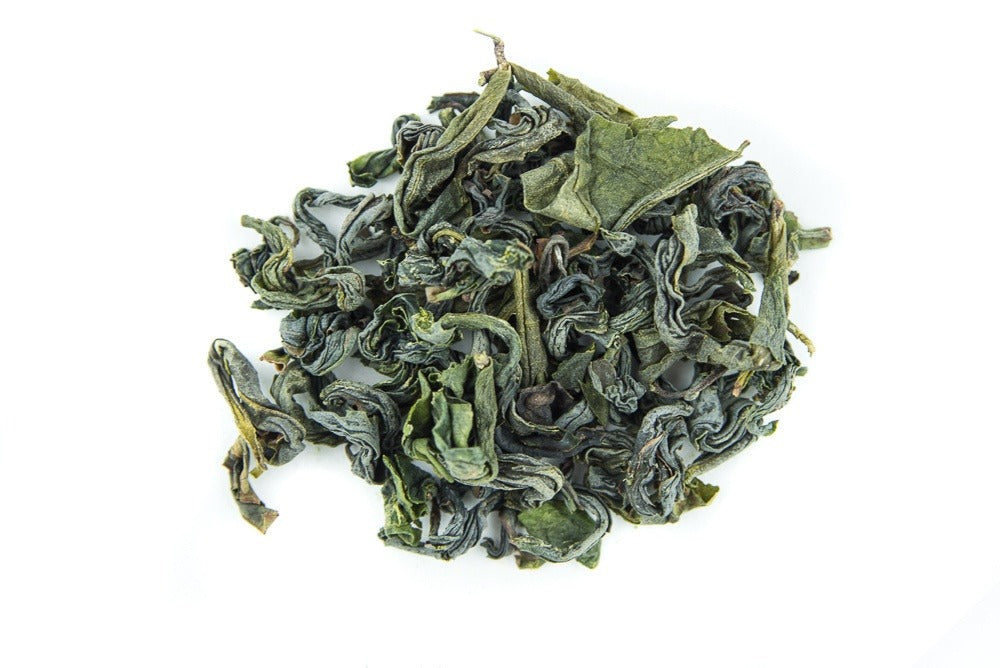
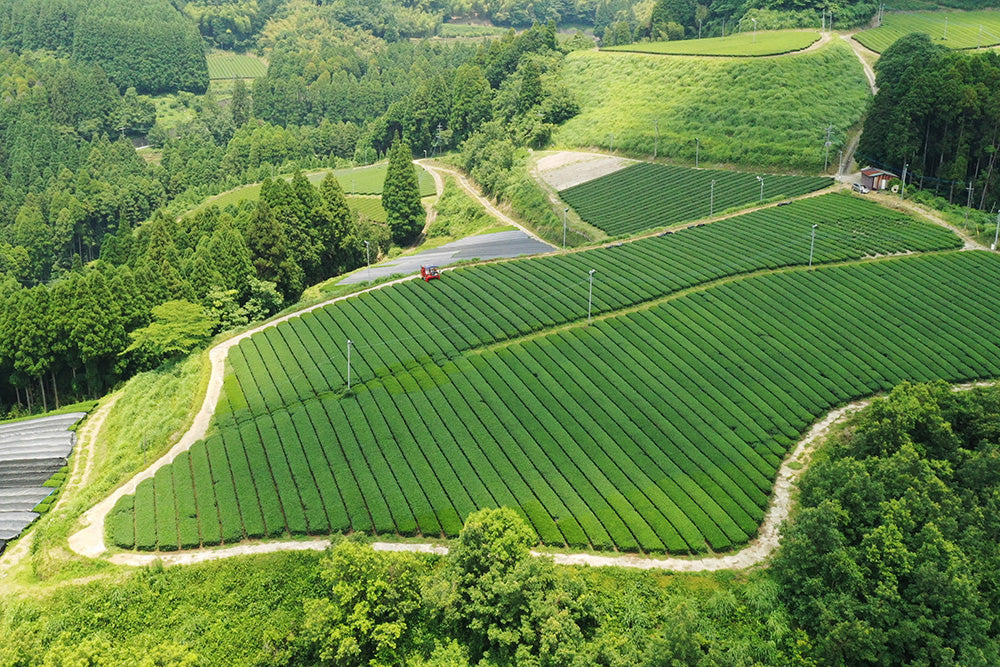

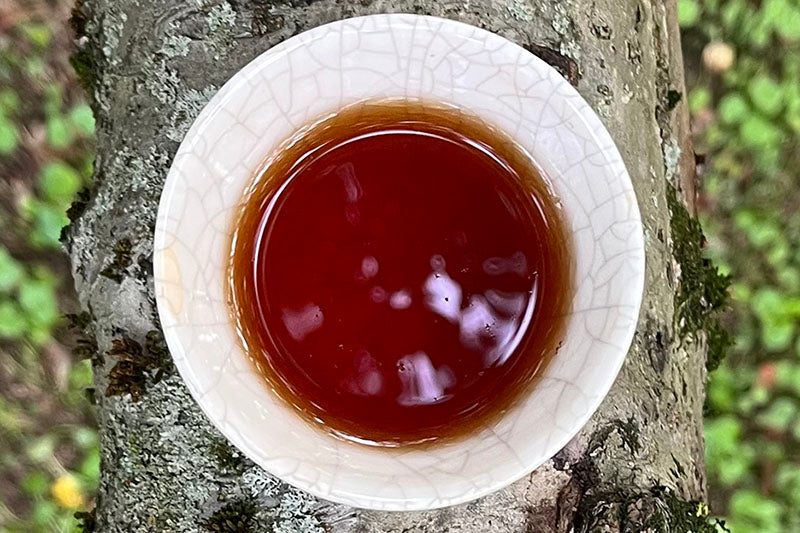
Laissez un commentaire